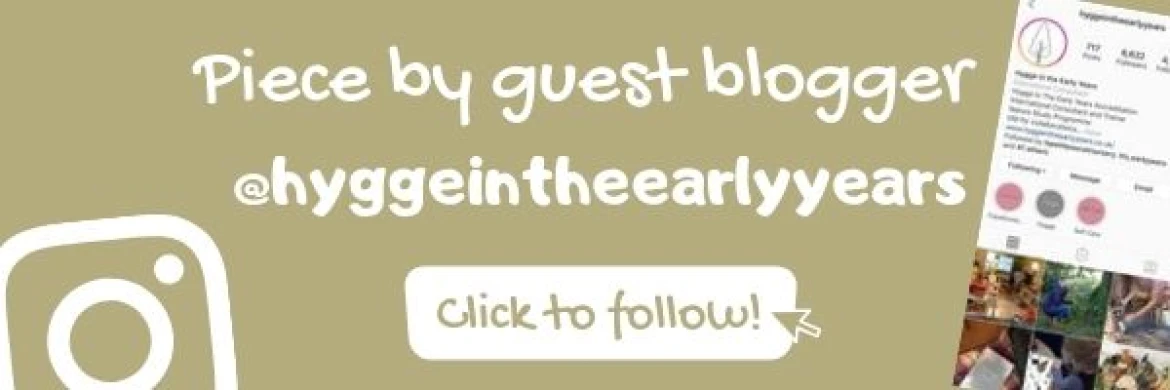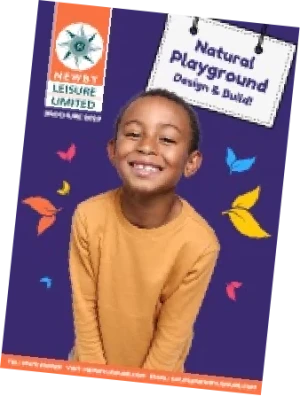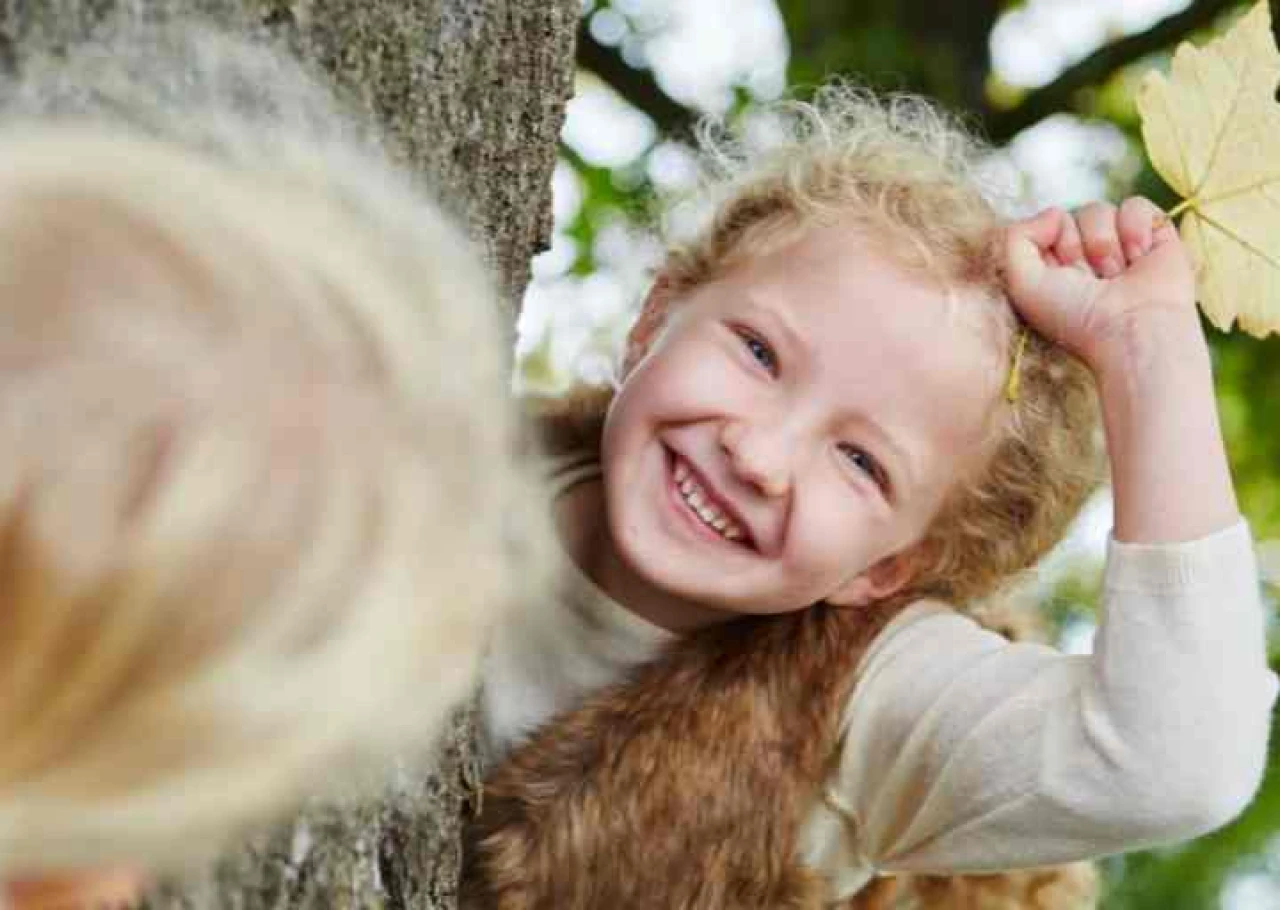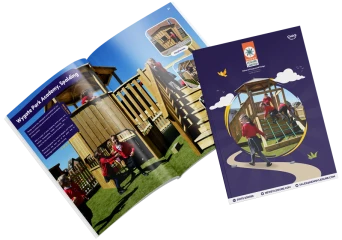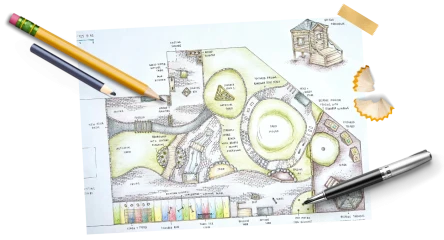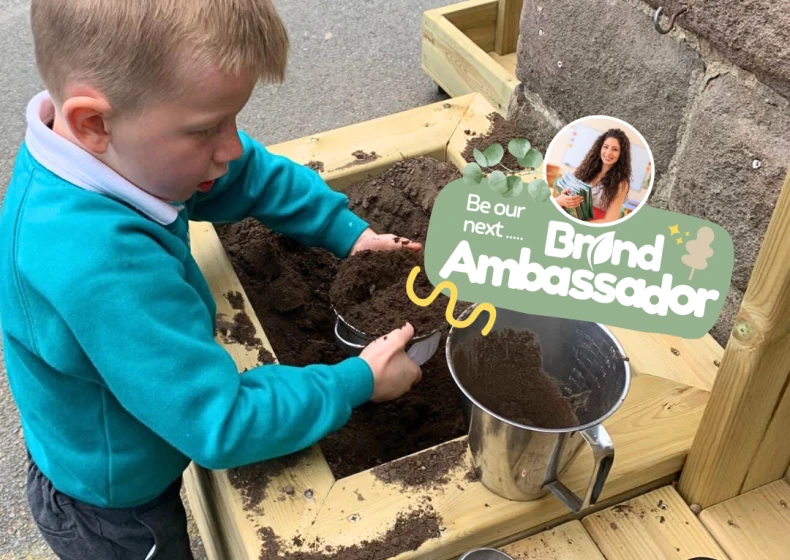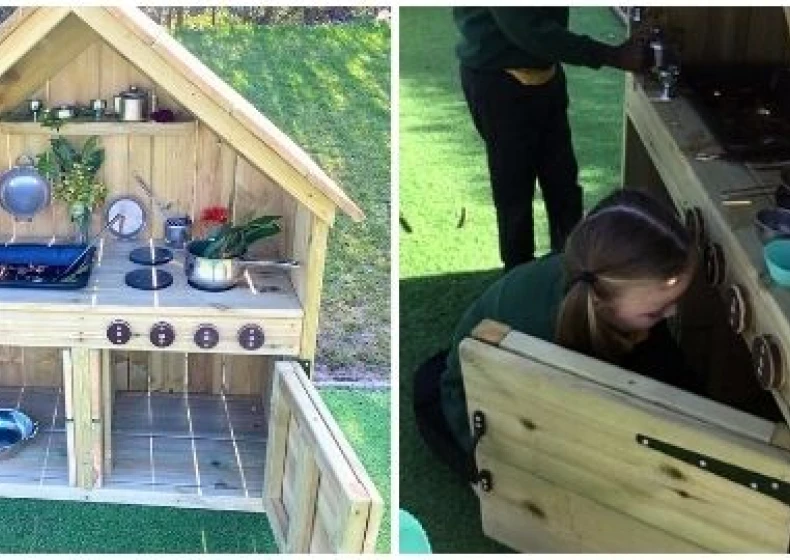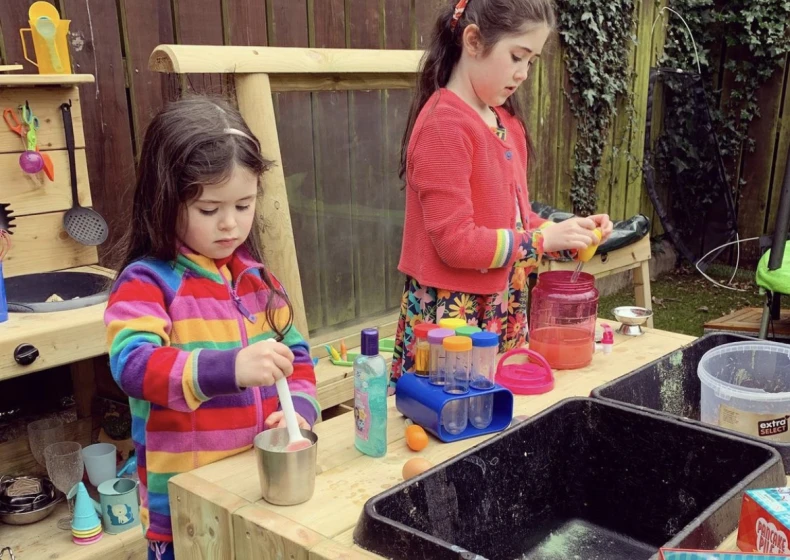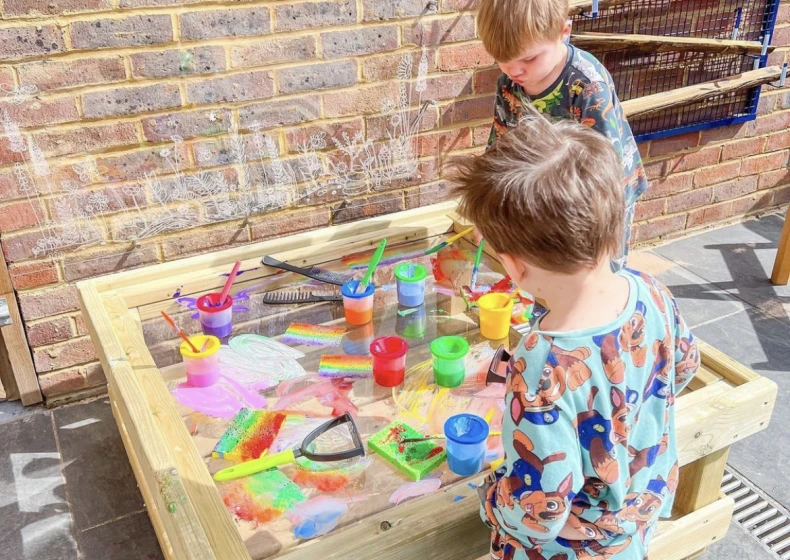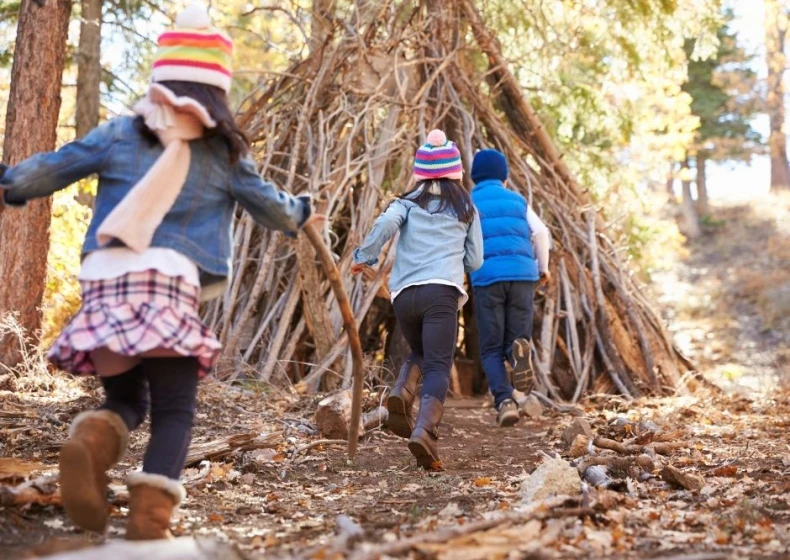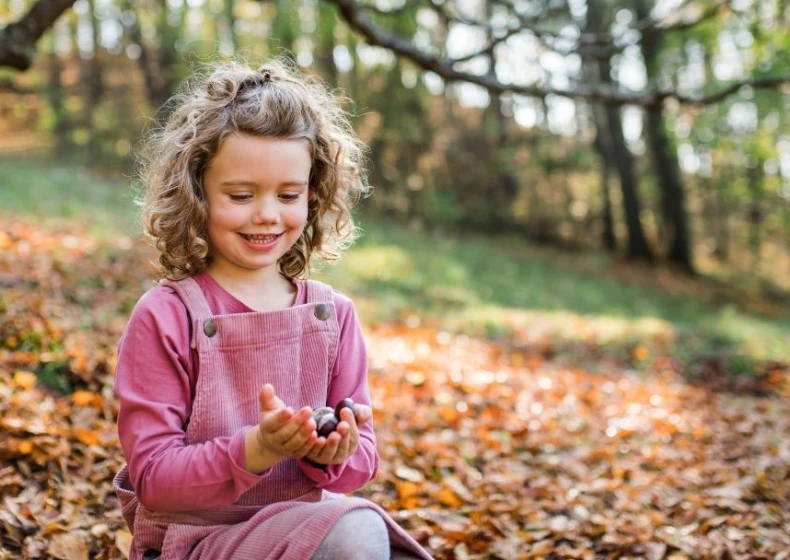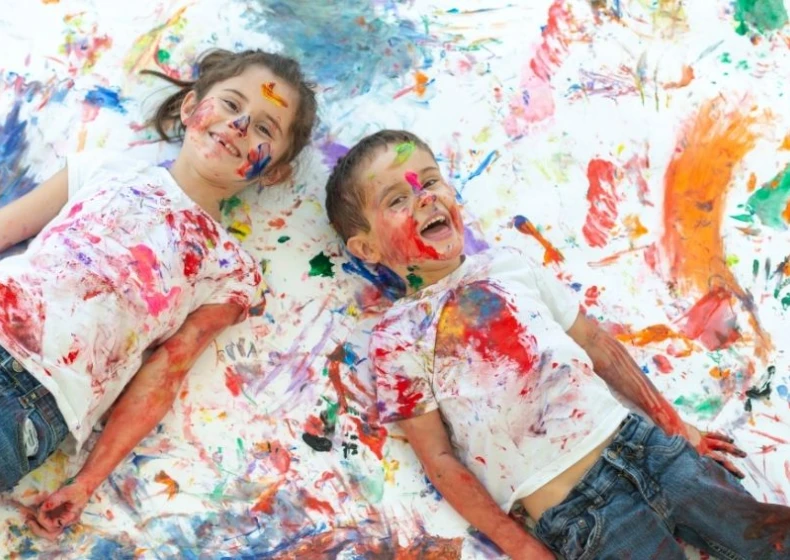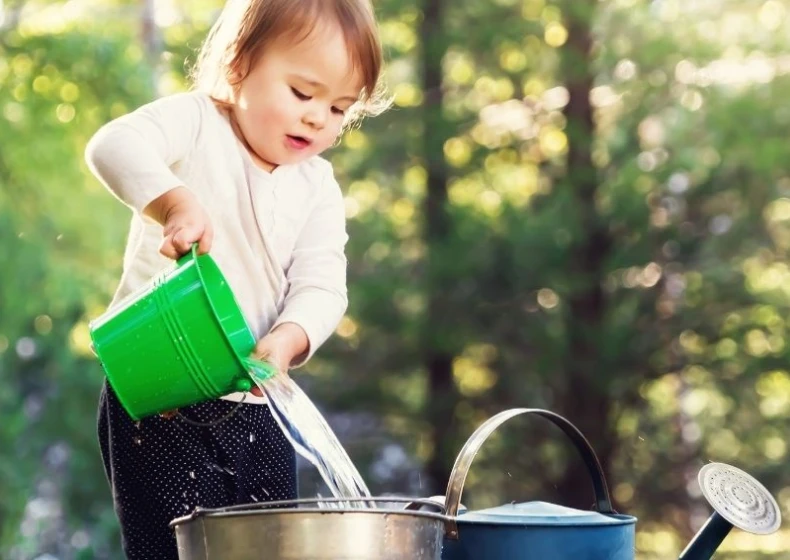IN the last couple years (and particularly in the autumn/winter months), you may have come across a certain word: Hygge. But what does hygge mean? And why only now does it seem to be resonating with people?
Pronounced "hoo-ga," this Danish concept is an expression that means contentment and making the most of the simple things in life - something we often neglect in the busy and fast-paced lives we now tend to lead.
Kimberly Smith runs fantastic learning programmes which help promotes the idea of Hygee in early years education. Newby Leisure started following Kimberly's journey to understand more about the importance of Hygge and why it offers so many great benefits to early years education. Here's a guest blog she has kindly written for us to help you understand more too.
Child Led Learning Outdoors - By Kimberly Smith (Hygge in the Early Years)
I discovered Hygge at a time when I felt overworked and full of anxiety while working as an early year’s teacher and leader. After travelling around Scandinavia for the summer with my Norwegian friend and her family I began to see that life was so different in Denmark and the other places we visited. The pace to the day was slower, where we often pause to take note of the world around us and there was a big focus around spending time with people who were important to us.
We would start the day with a slow breakfast with the family where a candle would be lit, and we would share our intentions for the day. There was no boasting about the new or expensive car that had just been bought but instead an appreciation for the fresh home-made berry jam that was being spread on the toast.

After my travels I began to appreciate that there were many aspects of the hygge way of living that I could apply not only into my personal life but into my teaching and leading too. I started to try some of these out;
-Like slowing down the pace of the learning with the children and planning from their fascinations. Saving me time and effort by not doing lots of forward planning that would never get covered and also didn’t motivate the children. I got some time back!
-While in Scandinavia most of our day was spent outside. So, I embraced more nature into my day. Having an equal balance of time in provision between inside and out, having weekly visits to our woodland area, going for regular walks into our local area to deepen our connection and giving children the opportunity to do yoga and meditate in nature. I also brought nature into my classroom too. Not to replace the outdoor experiences but to embrace it even further.
-Having a focus in my day on togetherness and relationships with the children by introducing family time each day and daily baking. So, we were not only building relationships, but we were making memories too!
-I developed cosy areas of my provision and added in softness by changing the lighting strategy and creating more nooks.
All of these changes made a huge impact on my wellbeing and working with my local authority at the time I was also able to start sharing these strategies with the schools and settings I worked with. Sure enough…after not too long more educators felt the benefit and impact too. Not only on their wellbeing but that of the children.
A few years later Hygge in the Early Years was born and now thousands of educators around the world have gone through my training and programmes to improve their enjoyment, wellbeing and that of the children’s. Which in turn has supported the mental health of all stakeholders. Find out more at www.hyggeintheearlyyears.co.uk
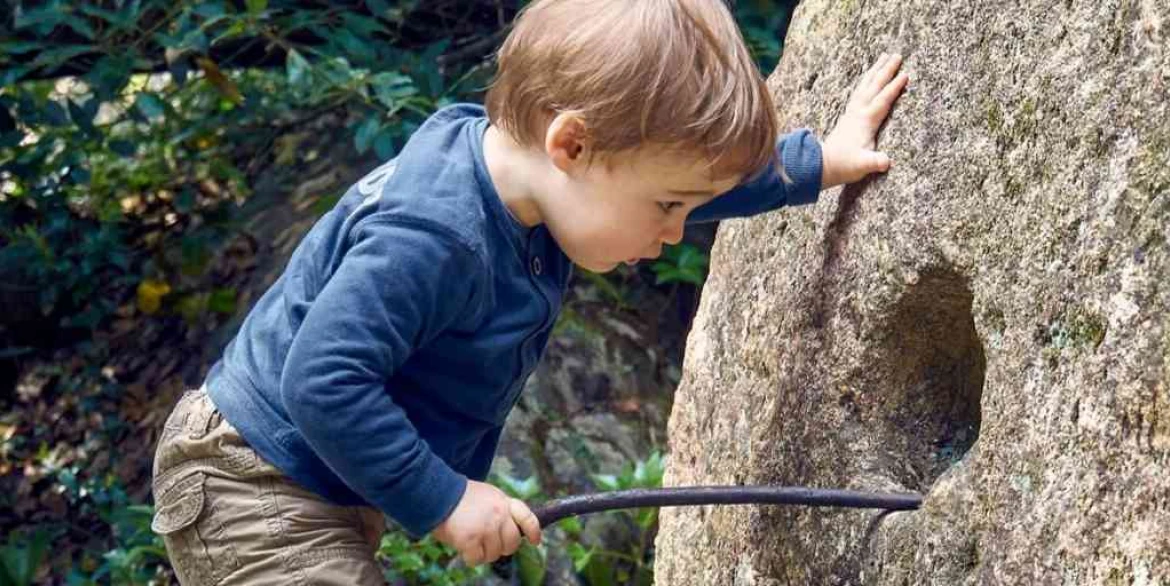
Today I want to share with one way we can slow learning down when working in the outdoor area and how this offers us many opportunities for learning.
Little children love to explore leaves, stick, petals, shells and even slugs and snails... much to our delight! These natural fascinations invite us to discreetly support and teach mathematical ideas and concepts through our careful interactions. The photo above shows a child exploring a bag of shells she had collected on a recent visit to the sea side. She spent large amounts of focussed time counting the shells, lining them up and exploring the patterns, ordering them by size and even adding them to the balance scales to compare weight. On discovery of the picnic blanket outside and with the support of the practitioner she made a link between the 100 squares she had seen inside and creating her own. She later on to use a blank number line and used her knowledge of counting in 5's and 10's to assign a shell to each number. The observations and learning going on here were a practitioners dream and no pre planned activity would have sustained such a high level of involvement and wellbeing. This fantastic exploration of natural Maths could only happen in a setting that;
1. Values the importance of child initiated learning.
2. Planned the day to allow for large amounts of uninterrupted child led learning.
3. Practitioners have a strong subject knowledge of how to support learning and move it onto the next step.
4. Resourced and organised the outdoor provision with open ended natural resources.
Resources that are necessary to ensure high quality maths learning;
-Blank wooden number lines
-Wooden number lines with numbers on
-Bamboo sorting trays
-Blank grids (picnic blankets, google images of grips, garden trellis)
-Weighing scales
-Balance scales
-Wooden numerals
-Natural objects; stones, shells, pine cones, leaves, acorns...
-Number books
-Mark making tools and paper freely accessible to invite children to record their thinking down.
These resources were all organised and labelled in an outdoor shed that could be opened and made accessible to all children as part of their continuous outdoor provision.
